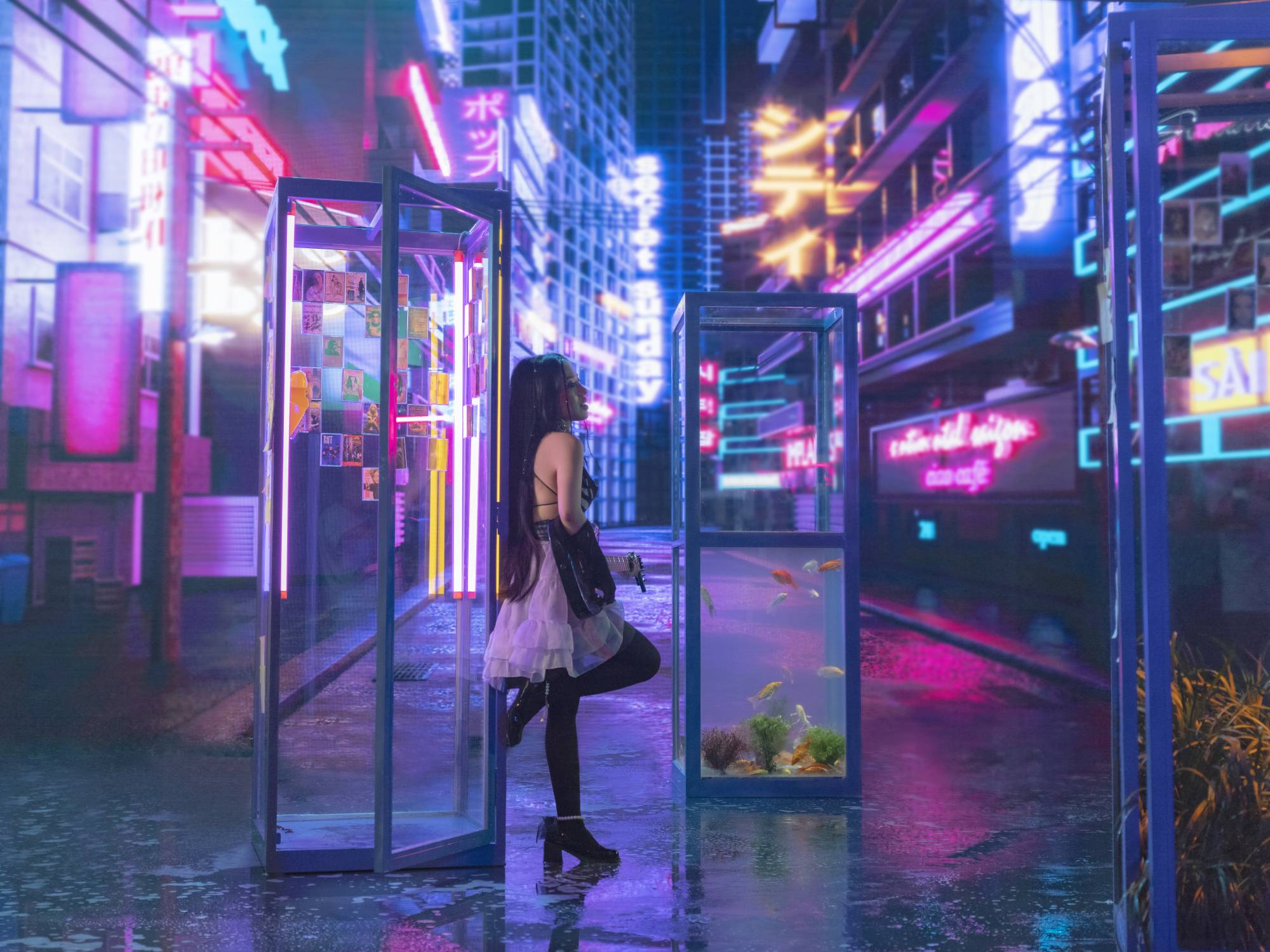Late last year, Vietnamese pop singer Phung Khanh Linh was mourning the death of a beloved cat. Her pet’s passing came after the loss of other loved ones during a rough stretch of the pandemic. Overcome with grief, she longed for a cure to her sadness and found comfort in the nostalgic funk-pop sounds of Japanese city pop.
“I turned to those sounds around the start of this year, and listening to them made me feel really inspired during this time, especially albums from Mariya Takeuchi and Anri,” says the 28-year-old performer over video chat from Ho Chi Minh City.
Soon, Linh was binging on the glitzy melancholy of city pop, a genre that epitomizes the ease and exuberance of Japan’s bubble era. She eventually began creating her own sonic metropolis, guided by both the sounds and aesthetics associated with this corner of Japanese music.

















With your current subscription plan you can comment on stories. However, before writing your first comment, please create a display name in the Profile section of your subscriber account page.